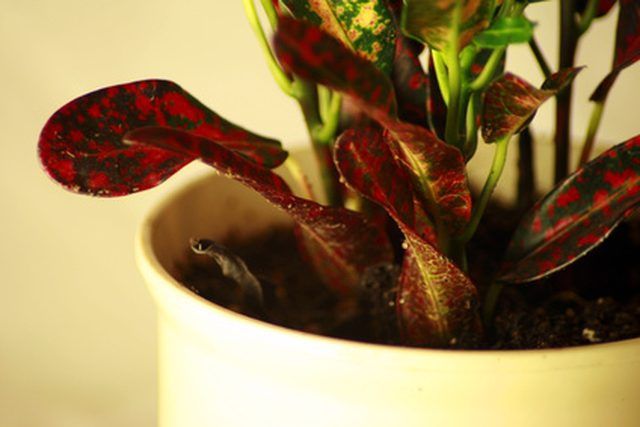Bulbs
Flower Basics
Flower Beds & Specialty Gardens
Flower Garden
Garden Furniture
Garden Gnomes
Garden Seeds
Garden Sheds
Garden Statues
Garden Tools & Supplies
Gardening Basics
Green & Organic
Groundcovers & Vines
Growing Annuals
Growing Basil
Growing Beans
Growing Berries
Growing Blueberries
Growing Cactus
Growing Corn
Growing Cotton
Growing Edibles
Growing Flowers
Growing Garlic
Growing Grapes
Growing Grass
Growing Herbs
Growing Jasmine
Growing Mint
Growing Mushrooms
Orchids
Growing Peanuts
Growing Perennials
Growing Plants
Growing Rosemary
Growing Roses
Growing Strawberries
Growing Sunflowers
Growing Thyme
Growing Tomatoes
Growing Tulips
Growing Vegetables
Herb Basics
Herb Garden
Indoor Growing
Landscaping Basics
Landscaping Patios
Landscaping Plants
Landscaping Shrubs
Landscaping Trees
Landscaping Walks & Pathways
Lawn Basics
Lawn Maintenance
Lawn Mowers
Lawn Ornaments
Lawn Planting
Lawn Tools
Outdoor Growing
Overall Landscape Planning
Pests, Weeds & Problems
Plant Basics
Rock Garden
Rose Garden
Shrubs
Soil
Specialty Gardens
Trees
Vegetable Garden
Yard Maintenance
How to Get Rid of Mushrooms in Potted Plants
How to Get Rid of Mushrooms in Potted Plants. Having mushrooms appear overnight in your potted plants can be disconcerting. The most common mushroom found growing in houseplants is Leucocoprinus birnbaumii, also called the yellow houseplant mushroom. The part of the mushroom seen above ground is the fruit of the larger body of the mushroom;...

Having mushrooms appear overnight in your potted plants can be disconcerting. The most common mushroom found growing in houseplants is Leucocoprinus birnbaumii, also called the yellow houseplant mushroom. The part of the mushroom seen above ground is the fruit of the larger body of the mushroom; threadlike strands of fungus called mycelium colonize the soil before mushrooms emerge. While these mushrooms may not be attractive, they are only toxic if ingested in large quantities, and if their looks do not bother you, leave them alone, as the mycelium actually breaks soil down and is beneficial to your houseplants. If you do not want mushrooms growing in your houseplants, there are several methods to remove them, though none of them have an extremely high success rate.
Things You'll Need
Large spoon
Sterilized potting soil
Bleach
Fungicide
Scrape the soil surface of your houseplants. Remove the top 1 to 2 inches of the potting soil and discard. Replace the discarded soil with new, sterilized potting soil. Repeat whenever new mushrooms pop up.
Pick the mushrooms and discard them. Removing the mushrooms removes the spores that generate more mushrooms. Pull out of the soil by the base of the mushroom stems.
Repot your houseplant. Remove your housplant from its pot and shake as much soil off the roots as possible without causing root damage. Discard all of the soil. Wash the container with a solution of one part bleach to 10 parts water. Repot your plant with new, sterilized potting soil.
Soak your houseplant in fungicide. Move your houseplant outside, and apply fungicide to the pot, following manufacturer's instructions. Leave the plant outside until the soil has dried out slightly.
Tips & Warnings
Factors that can lead to mushroom growth are garden soil or unsterilized potting soil, overwatering, adding coffee grounds or food to the soil, and low lighting conditions.
Discarded soil with mushroom mycelium in it can be added to compost heaps or used in the garden.
It is very difficult to eradicate mushrooms once they have colonized the soil. It may be easier to remove visible mushrooms than to try to get rid of the entire mushroom mycelium.